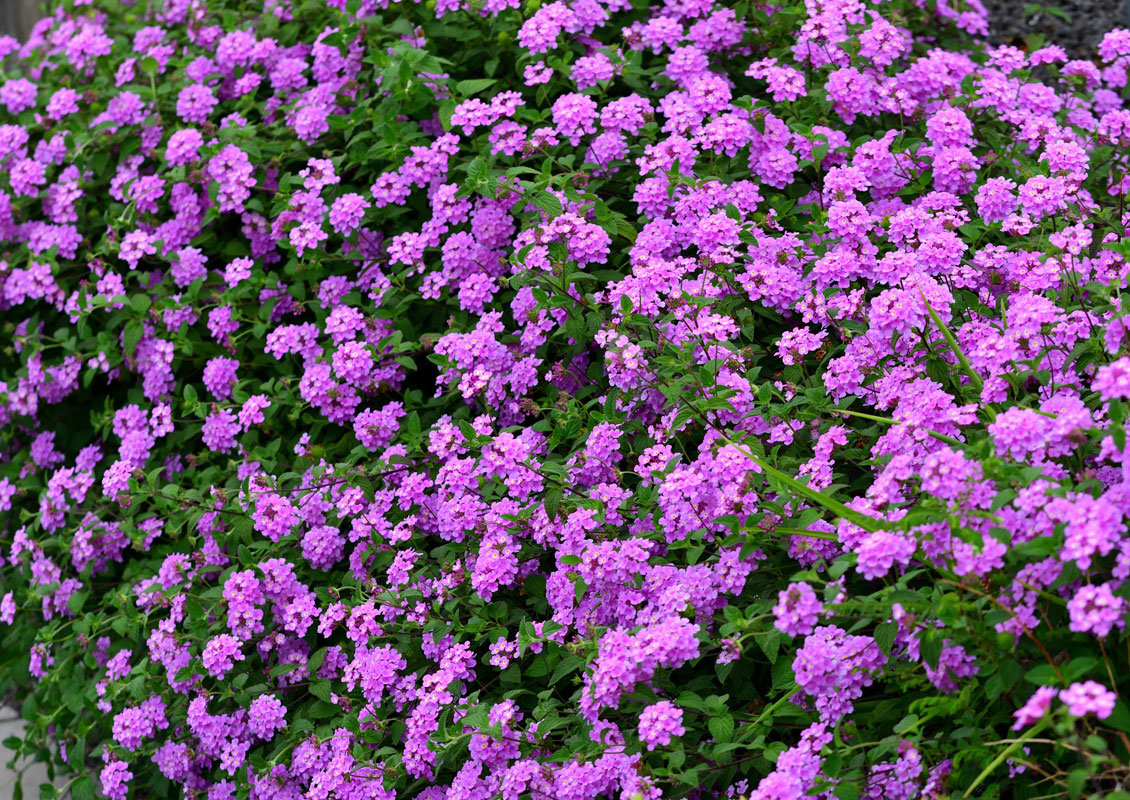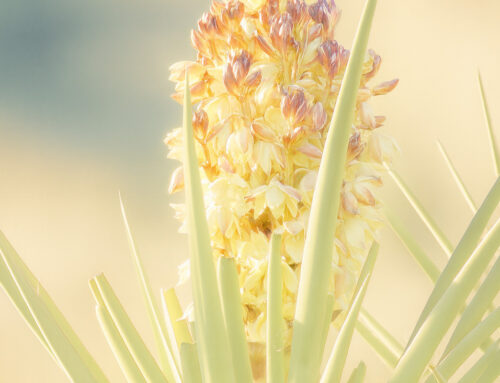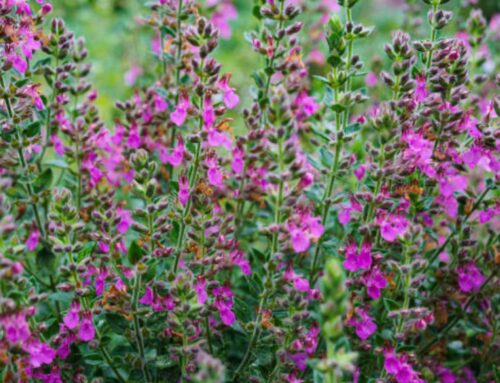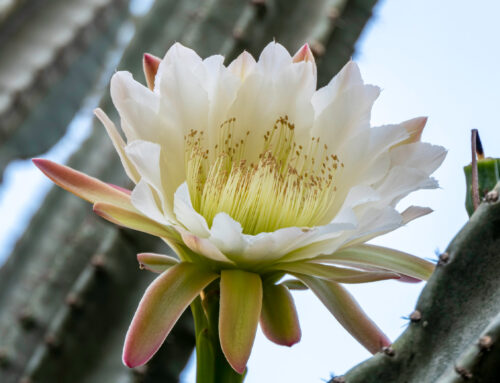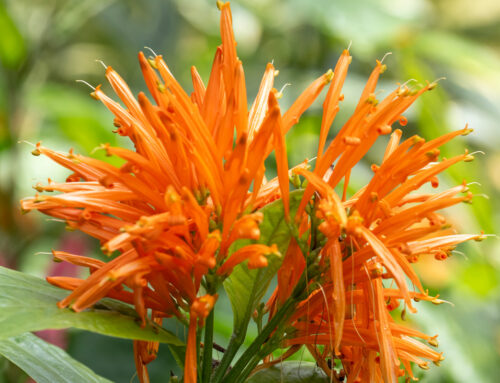Groundcovers are the problem solvers. They spread over the soil surface, covering the ground with a carpet of foliage and flowers. They shade and insulate the soil, reducing loss of moisture. Planted on slopes and banks, they help reduce soil erosion. As a landscape element, groundcovers can be a bold statement on their own, or unify other plants in the landscape. Groundcovers are available in different growth habits. They clump, mound, creep or trail. Clumping groundcovers form upward-reaching clumps. Mounding groundcovers create downward-reaching clumps. The foliage of creeping forms stiffly hug the ground, and trailing groundcovers are relaxed. Trailing groundcovers are among the best choices to grow in planters and containers, where they add interest by draping over the edges.
The Trailing Lantana is a clumping, rapid-growing and free-blooming groundcover that ranges from 1 to 2 feet high, spreading to 3 feet wide, with a canopy coverage of up to 7 square feet. The stems are covered with small lavender flowers during the warm season. If damaged by frost, prune the plant in late winter, and it will come back quickly in the spring. It is an ideal bank cover, especially on sunny slopes. When planting, space plants 1.5 to 2 feet apart for groundcover. The Trailing Lantana is native to South America.
Source: Lush and Efficient
